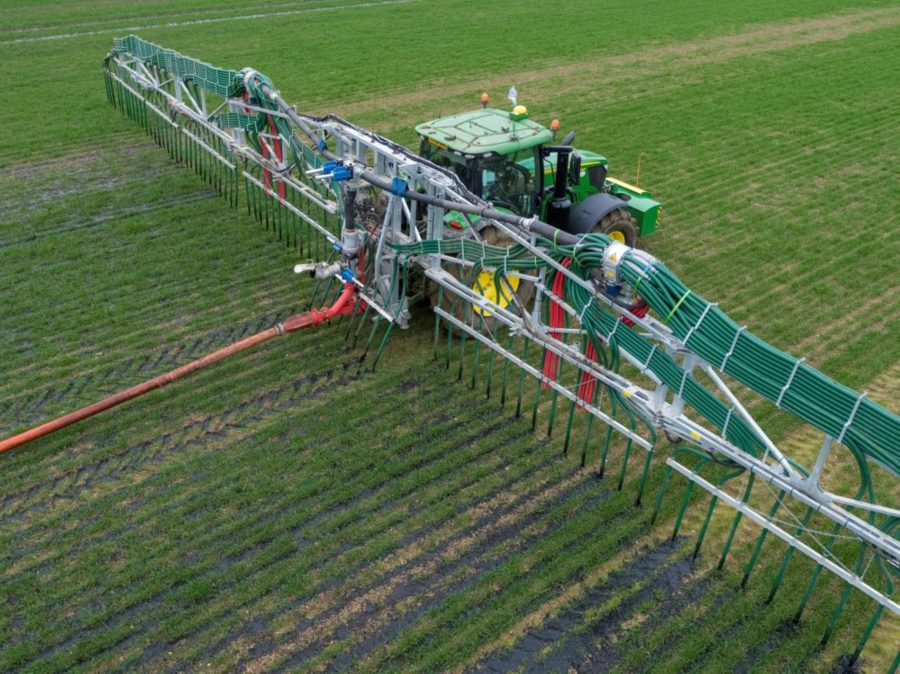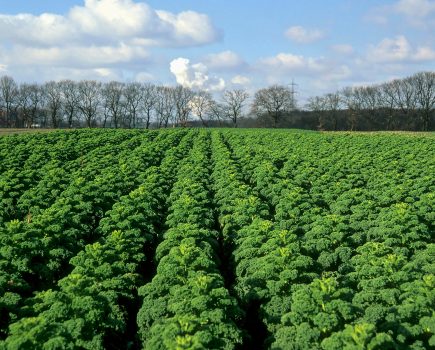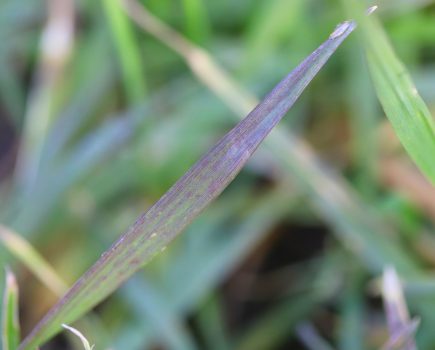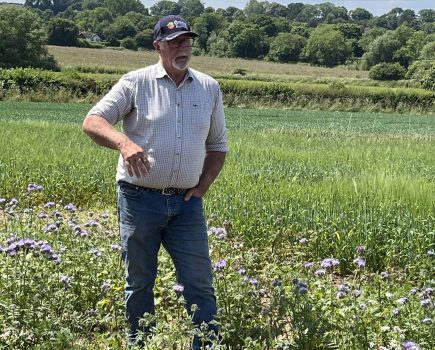Agriculture supplier, Vogelsang, is encouraging farmers to think of their manure as ‘liquid gold’ as a combination of Government restrictions and high fertiliser prices comes to the fore.
According to analysis by the Energy and Climate Intelligence Unit (ECIU), farmers could be paying an additional £1.1 billion for fertilisers in the years between 2021 and 2024. Farmers are also facing additional spreading and storage restrictions such as the Clean Air Strategy, under which slurry must be applied using low emission spreading equipment by 2025.
Sion Williams, Agriculture Manager for Vogelsang, said: “Farmers have had a tough time lately. They are being tasked with addressing their emissions being released into the atmosphere, and are faced with more restrictions on what they can and cannot do in terms of fertilisation. This is causing a bind for farmers, especially since last year’s nitrogen price spikes. Many farmers want to cut their emissions and are being told that it is actually good for their farms, but it needs to stack up financially. Because of this, more and more farmers are using liquid manure as their go-to fertiliser, which is great as it’s so much more than a waste product; really it’s liquid gold.”
Sion added: “But it all comes down to how you use it, and many farmers are essentially throwing away this precious resource by the way they spread it – or worse still – leave it sitting in the lagoon. For instance, using a splash plate loses 80% of the ammonia nitrate in liquid manure – you can literally see the pound coins disappearing into the atmosphere through lost nutrients.”
Because of the nitrogen lost through ineffective spreading, Vogelsang is highlighting the benefits and importance of precision slurry spreading. Tactics such as low-emission spreading methods using trailing shoes and dribble bars – which direct the liquid manure to the base of the crop – and covering slurry stores, can help prevent nutrient losses and emissions into the air.
John Williams, Head of Soils and Nutrients at ADAS, said: “Spreading slurry accurately and evenly at times when crops are growing will maximise economic returns and minimize losses to air and water. A 30m3/ha of typical dairy slurry applied in spring has an N, P, K (nitrogen, phosphate, potassium) replacement value of over £160/ha. Using dribble bars and trailing shoes can typically reduce ammonia emissions from spreading by between 30% and 60% compared with surface broadcasting. Targeting fields with low soil P and K levels is also key to slurry fertiliser value.”
To help farmers understand and calculate the nutritional value of their slurry and best plan for its use, Vogelsang has created a helpful guide, available online, alongside the ADAS and the Farm Carbon Toolkit. 3 Steps: Creating A Liquid Manure Nutrient Management Plan | Vogelsang.
Becky Willson, Business Development and Technical Director at Farm Carbon Toolkit, said: “Manures are a fantastic resource to be used on the farm to both reduce the need for expensive artificial fertiliser, and through the addition of organic matter into the soil which also supports farmers delivering climate solutions. At Farm Carbon Toolkit, we work with farmers who, by focusing on nutrient management planning, are able to generate significant financial savings and emissions reductions, as well as enhancing their business resilience for the future.”
Vogelsang hopes that an increased awareness of better slurry management will see farmers benefit from lower outgoings and more easily adhere to Government guidelines using a mix of nutrient awareness and better slurry application.
Steve Jones, owner of Hooftrimming Ltd, said: “We wanted a direct and precise way of applying the liquid manure. Since using Vogelsang’s dribble bar and trailing shoe system we have been able to offer customers a more economic and environmentally friendly way of manure application. The product is spread below the plant leaves, this method offers significant reductions in odour and contamination, as well as ensuring maximum nutrients are applied to the ground.
“My customers have been impressed with the reduction in fertiliser costs because of the minimal nitrogen losses and accurate application from the Vogelsang system. We are definitely providing a high-quality service for our customers and a large part of that is down to the machinery we use.”







